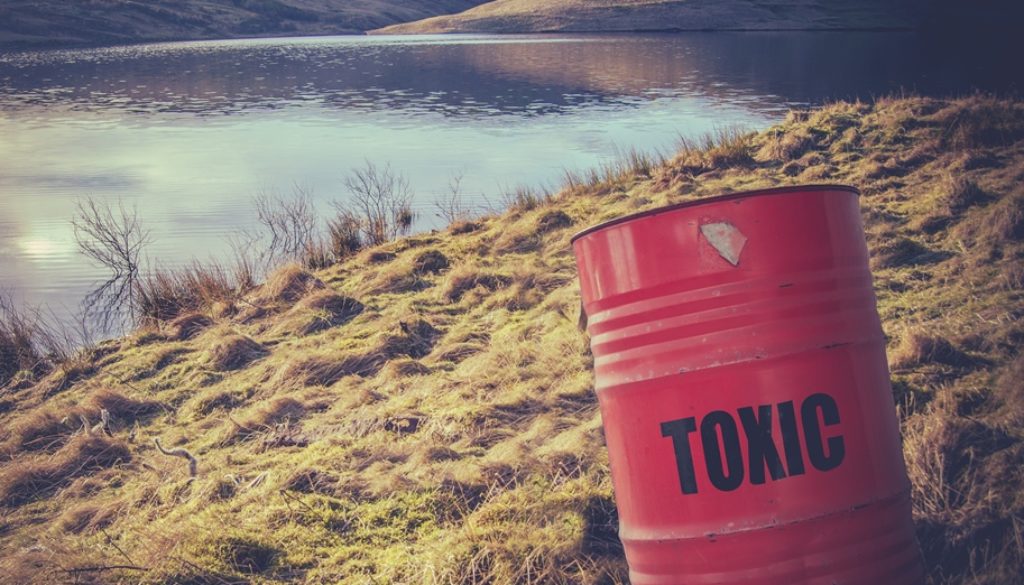Trump Administration Moves Forward in Rolling Back Clean Water Protections
By Natural Resources Defense Council
The EPA’s new definition of the Obama-era safeguard would allow polluters to dirty our critically important streams, tributaries, and wetlands—and threaten the water supply of millions of Americans.

The Trump administration released its new proposed plan for the Clean Water Rule today—effectively gutting a long-needed clarification of the Clean Water Act that helps protect the drinking water supply for more than a third of the American population. The new rule would make it easier for oil drillers, industrial sites, developers, and other polluters to contaminate these waters.
“The Trump administration will stop at nothing to reward polluting industries and endanger our most treasured resources,” says Jon Devine, director of the Federal Water program at NRDC. “Given the problems facing our lakes, streams, and wetlands—from the beaches of Florida to the drinking water of Toledo—now is the time to strengthen protections for our waterways, not weaken them.”
The Clean Water Rule, also known as Waters of the United States, ended decades of confusion over which bodies of water are covered by the landmark Clean Water Act. It formally extends protections to streams, wetlands, and other smaller bodies of water considered essential to the health of the larger bodies they flow or drain into.
The replacement, a joint proposal from the U.S. Environmental Protection Agency and the U.S. Army Corps of Engineers, would toss protections for streams and tributaries that flow only after rain. It also excludes wetlands that are not directly connected to larger bodies of water. Wetlands cover roughly 110 million acres in the continental United States, filtering pollution from contamination runoff and replenishing groundwater. Wetlands also play a key role in the ecosystem, storing upwards of a million gallons of floodwater per acre and providing essential fish and wildlife habitat.
Passed in 2015, the Clean Water Rule is based on years of research, with EPA and Army Corps officials having reviewed 1,200 scientific publications and confirming that streams and wetlands are connected to downstream waters in significant ways. But opponents sued to stop the law in 2016, and in early 2018, the Trump administration suspended its implementation until 2020. Since then, a federal judge has reinstated the rule in 26 states.
“This proposal is reckless,” Devine says of Trump’s rollback, “and we will fight to ensure it never goes into effect.”

